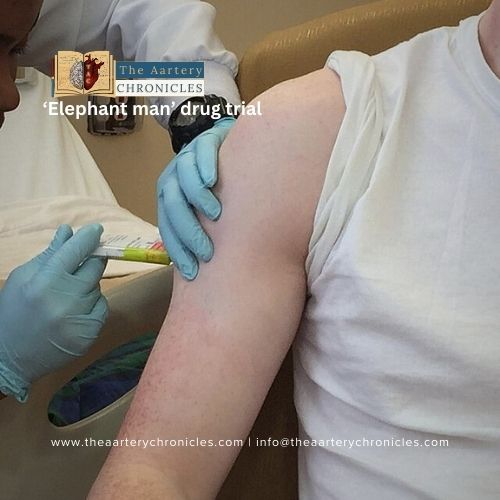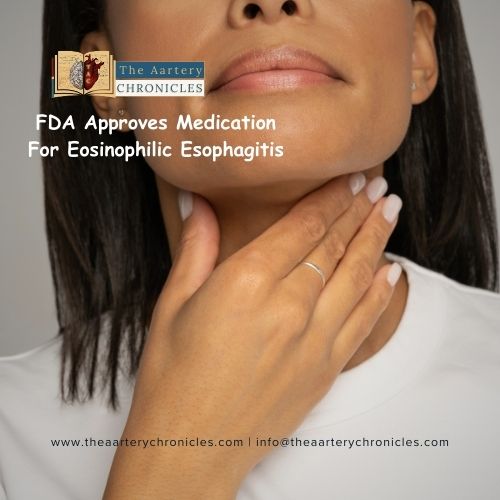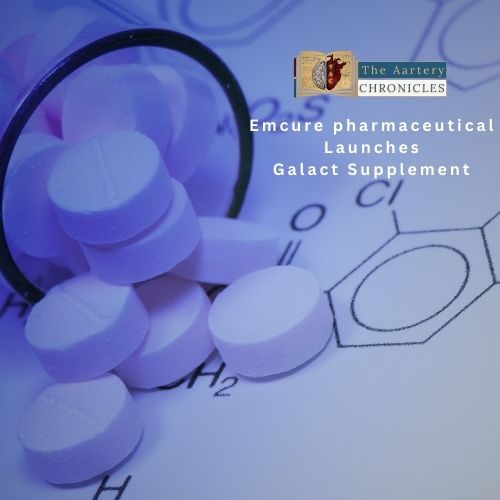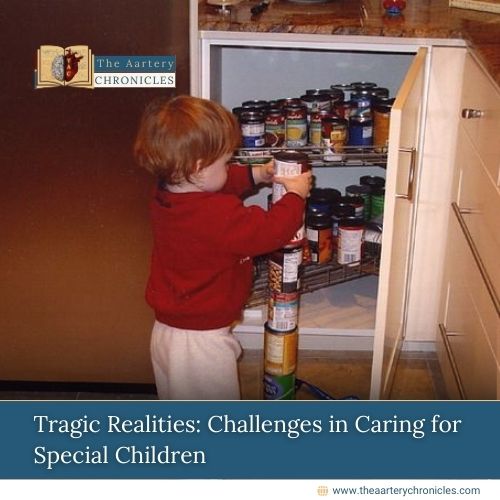

WHO's Call for Widespread Use of the Malaria Vaccine
Malaria is a serious disease that is caused due to parasites of the genus Plasmodium. The parasites get transmitted by the bite of a female-infected mosquito. The disease is primarily seen in tropical and sub-tropical areas where the climate is favourable for the breeding of vectors that transmit parasites. Malaria is treatable and preventable. Out of five Plasmodium parasites, P. falciparum is believed to be the deadliest and it is mostly prevalent in African countries.
The unicellular protozoan parasites of malaria that belong to the genus Plasmodium have five types:
- falciparum
- malariae
- vivax
- ovale
- knowles
P.vivax and P. ovale may cause less severe forms of malaria, but they can still pose dangers. P. malariae and P. knowlesi are also malaria parasites, with P. knowlesi primarily infecting macaques but occasionally affecting humans, potentially causing severe disease.
Incubation Period:
After an infective bite of an Anopheles mosquito, the incubation period usually varies depending on the species of Plasmodium. Typically, malaria symptoms appear within an incubation period of about 7 to 30 days. Most of the time shorter incubation periods are noticed with P. falciparum while longer incubation periods are more common with P. malariae. This variation in the incubation period is one of the factors that make diagnosing and treating malaria challenging.

Symptoms of Malaria:
People suffering from malaria may experience cycles of malarial ‘attacks’. These attacks begin with chills and shivering, leading to high fever and sweating. Severe symptoms are more likely to occur in newborns, children under 5 years, pregnant women, travellers, and those with HIV or AIDS.
Some of the common symptoms of malaria:
- Fatigue
- Fever & chills
- Headache
- Cough
- Rapid breathing
- Abdominal pain
- Diarrhea
- Muscle and joint pain
- Sweats

WHO Endorses Widespread Use of RTS, S/AS01 Malaria Vaccine in Malaria-Prone Regions
The World Health Organization (WHO) advocates the extensive adoption of the RTS, S/AS01 (RTS, S) malaria vaccine for the prevention of malaria in children. The vaccination is advised for children living in areas with high transmission rates of P. falciparum malaria. RTS, S/AS01 is known to be the most successful vaccine so far. It was discovered that the vaccine can prevent disease in young children by up to 80%. WHO recommends the provision of vaccines to children from 5 months of age in a schedule of 4 doses to reduce the burden and malaria disease.
Malaria is a prominent cause of death and childhood illness in African countries. Around 260,000 children in Africa under the age of five lose their lives to malaria annually. Reportedly, WHO has been accounting for the stagnation in the progression of malaria.
The WHO Director Dr Tedros Adhanom Ghebreyesus has signified this as a historic moment and said that “The long-awaited vaccine for malaria is a scientific breakthrough for child health and control of malaria”
The data and generated insights from the two years of vaccination have revealed key findings of the vaccine:
- Feasible delivery: With good and equitable coverage of RTS, S shown through routine vaccination systems, the introduction of vaccines is feasible.
- Safety: The vaccine was found to have a favourable safety profile and has reached more than two-thirds of children in three countries.
- Cost-effectivity and high impact: In areas with moderate to high malaria transmission, the vaccine is estimated to be cost-effective and there has been a significant reduction in deadly severe malaria.
The R21/Matrix-M™ malaria vaccine, a collaborative creation of the University of Oxford and the Serum Institute of India, utilizing Novavax’s adjuvant technology, has received the World Health Organization’s (WHO) endorsement following adherence to the necessary safety, quality, and efficacy criteria.

Author: Ms Sanika Pande
- Medicine and Diseases














